1. Saffron
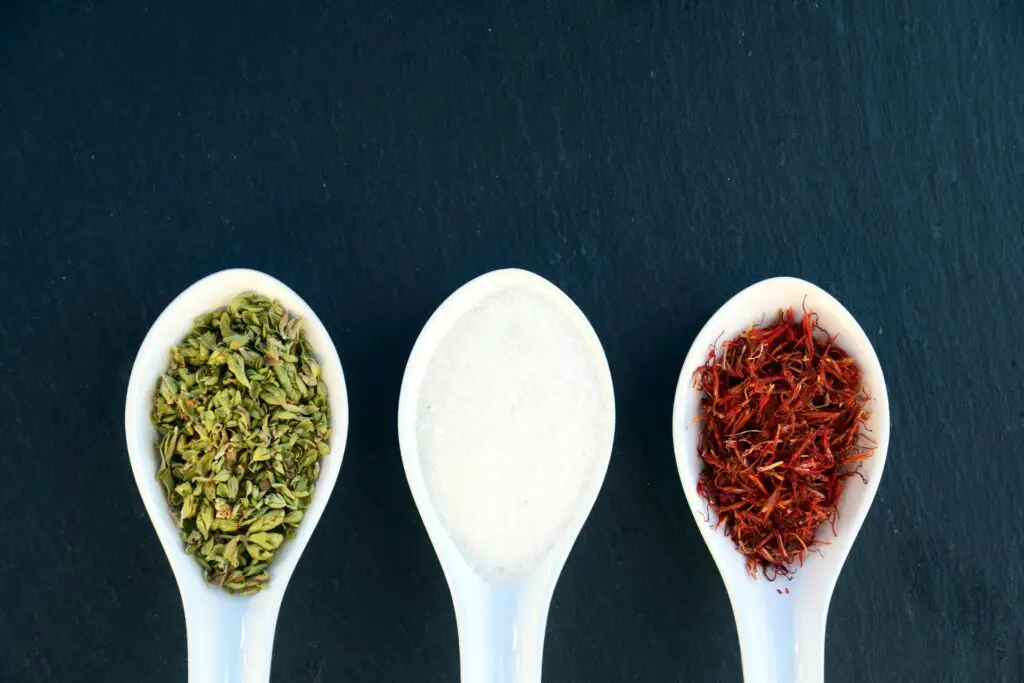
Saffron has long been the crown jewel of the spice world, with its deep golden hue and delicate floral flavor. Harvesting saffron is no small feat—it takes around 75,000 saffron crocus flowers to produce just one pound of the spice. This backbreaking labor made saffron worth more than gold in ancient times, particularly in Persia and medieval Europe. It was even used as currency, and some traders would stretch it with safflower petals to boost their profits. At one point, a Saffron War broke out in the 14th century when a shipment was stolen in what is now Switzerland shares Healthline.
Despite its sky-high price tag, saffron was considered essential for both cuisine and medicine. It was used to treat everything from depression to heart disease, and monks even used it to color their robes. In the Middle Ages, faking saffron was punishable by death. Today, it remains one of the most expensive spices in the world, but fortunately, a little goes a long way.
2. Black Pepper
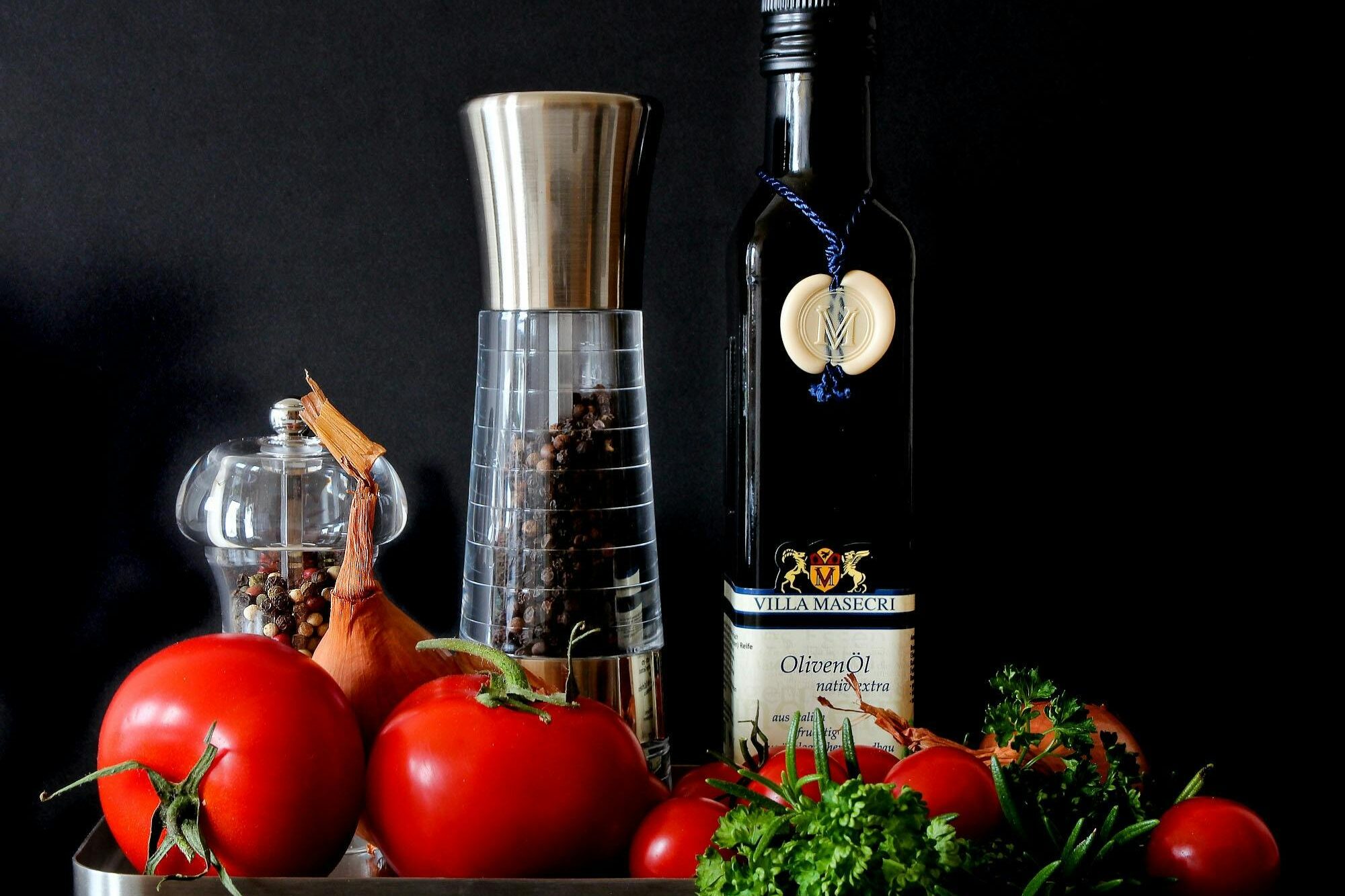
It’s hard to imagine a time when black pepper was a luxury, but in the ancient world, it was a symbol of wealth and power. Romans called it “black gold” and used it to pay ransoms and taxes. The spice trade made Venice incredibly wealthy during the Middle Ages, as it controlled the flow of pepper from India to Europe. Some noble families even locked their peppercorns in safes alongside their gold and jewels shares Wikipedia.
At one point, pepper was so valuable that landlords accepted it as rent, and workers were sometimes paid in peppercorns. It wasn’t just a seasoning—it was a status symbol. The Portuguese, Dutch, and British all fought for control of the spice trade routes just to get their hands on it. Now, it’s a staple in nearly every kitchen, but for centuries, only the richest could afford to sprinkle it on their meals.
3. Cloves
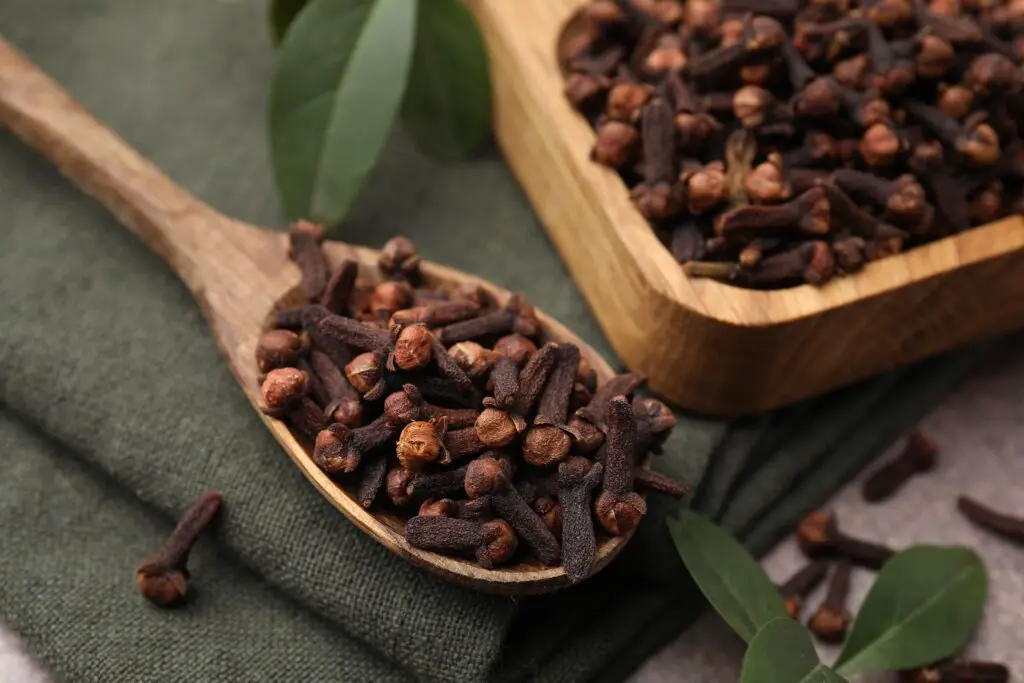
Cloves may seem like a simple baking spice now, but they were once worth their weight in gold—literally. Native to the Maluku Islands in Indonesia, cloves were so prized that traders traveled dangerous seas just to get a small supply. The Dutch, who eventually controlled the trade, went so far as to burn down entire clove plantations outside their control to keep prices high. If that wasn’t ruthless enough, they also executed anyone caught smuggling the spice shares Britannica.
In addition to flavoring food, cloves were used as a powerful medicine and breath freshener. In China, those who wanted to speak to the emperor had to chew cloves first to ensure their breath was pleasant. This little dried flower bud had the power to shape empires and economies. Thankfully, we don’t have to risk our lives to get a bottle of cloves at the grocery store today adds UCLA.
4. Nutmeg
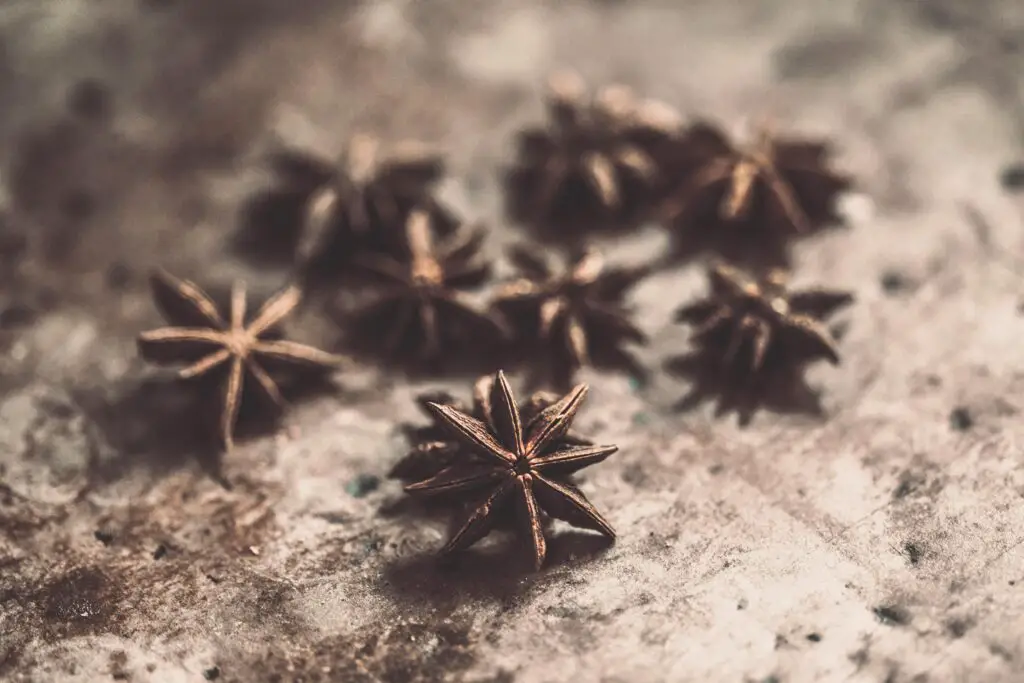
Nutmeg’s history is steeped in bloodshed and intrigue. The spice originates from the Banda Islands in Indonesia, and for centuries, it was only grown there. European powers fought brutal wars over these tiny islands, with the Dutch eventually taking control. In one of the strangest trades in history, they even swapped the island of Run, which grew nutmeg, with the British in exchange for Manhattan.
Nutmeg wasn’t just prized for its warm, spicy flavor—it was also believed to ward off the plague. People carried nutmeg-stuffed pomanders, hoping the scent would protect them from disease. At its peak, nutmeg was worth more than its weight in gold. Today, it’s mostly associated with holiday treats, but its past is anything but sweet.
5. Cinnamon
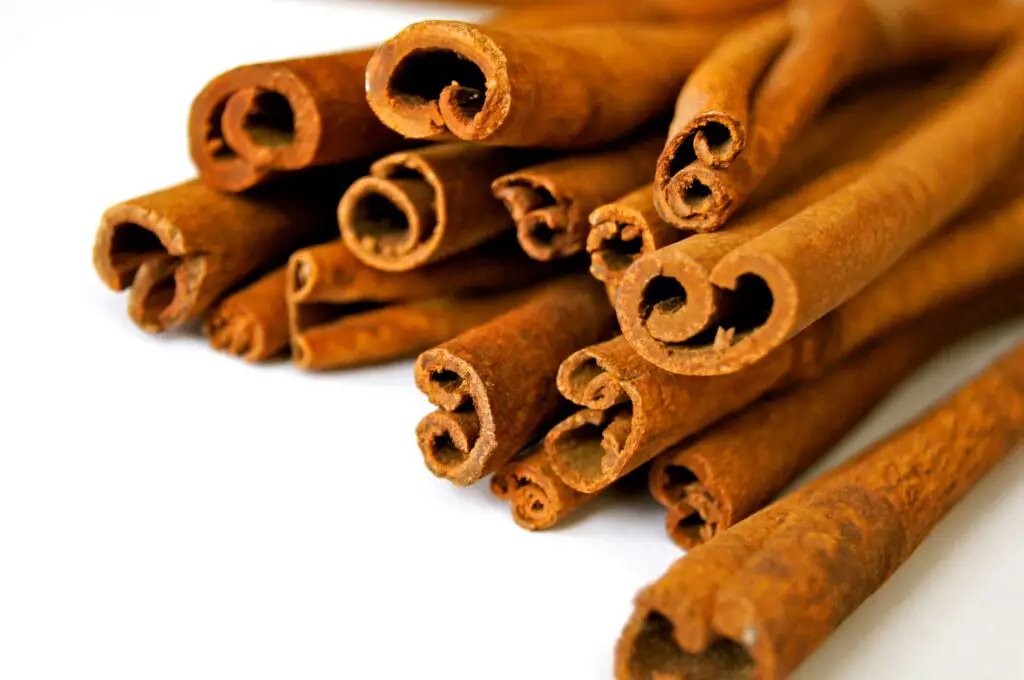
Cinnamon was once considered a gift fit for gods and royalty. Ancient Egyptians used it in their embalming process, and Roman emperors burned it at funerals to mask unpleasant odors. In medieval Europe, cinnamon was a status symbol, and only the wealthy could afford to sprinkle it on their food. Traders kept its true origins a closely guarded secret, telling elaborate tales of giant birds gathering cinnamon sticks to build their nests.
The spice was so valuable that nations went to war over it. The Portuguese, Dutch, and British all vied for control of Sri Lanka, where the best cinnamon was grown. Eventually, the British took over the trade, and cinnamon became more widely available. What was once a luxury is now an everyday pantry staple, but its history is as rich as its flavor.
6. Cardamom
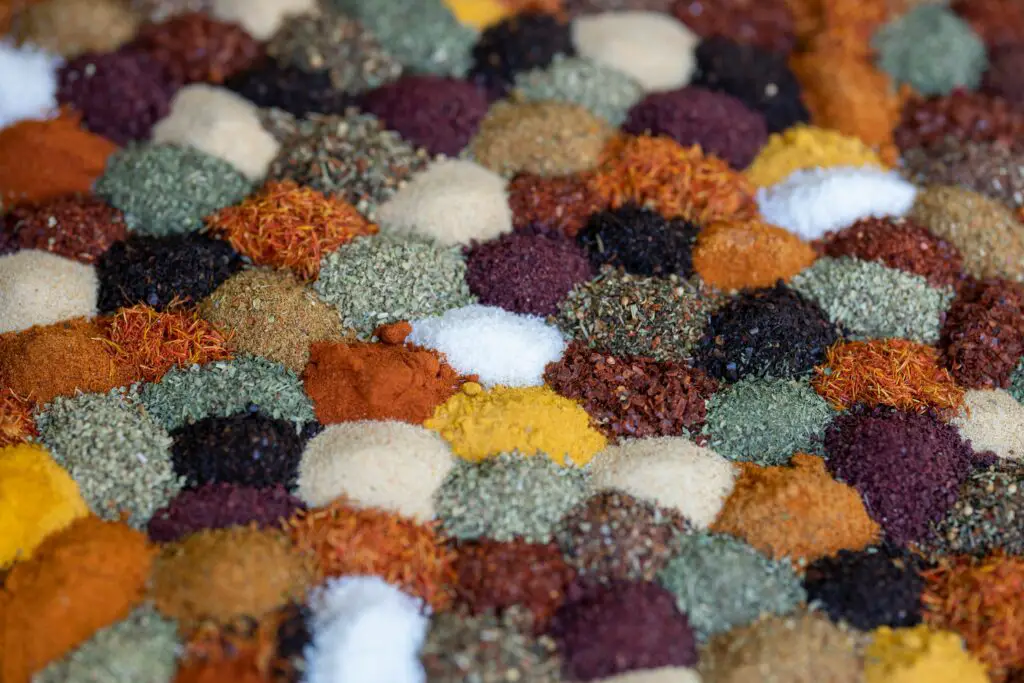
Cardamom has been called the “Queen of Spices,” and for good reason—it was once worth more than gold. Ancient Egyptians chewed cardamom seeds to freshen their breath, while the Greeks and Romans used it in perfumes and medicine. In India, it was a prized ingredient in both food and Ayurvedic healing. Vikings even brought it back to Scandinavia, where it remains a popular spice in baked goods today.
This aromatic spice was so valuable that traders kept its sources secret to maintain high prices. For centuries, it was primarily grown in the mountains of southern India, and only the wealthiest could afford it. Even now, cardamom remains one of the most expensive spices in the world. Fortunately, its bold flavor means a little goes a long way.
7. Vanilla
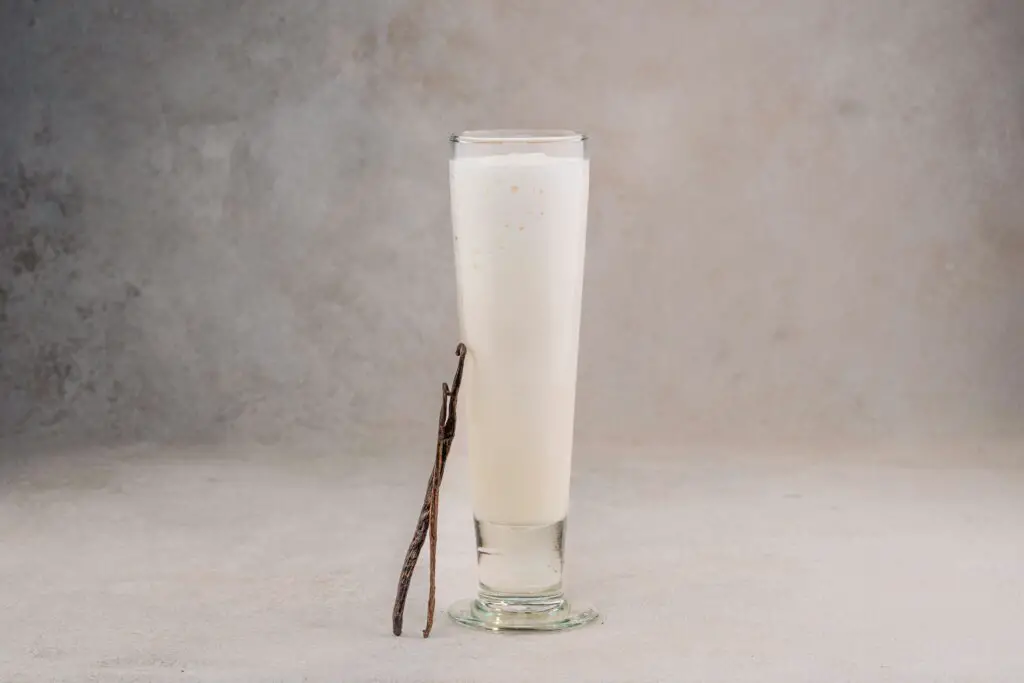
Vanilla may be common now, but in the past, it was one of the most expensive spices in the world. The Totonac people of Mexico were the first to cultivate it, and the Aztecs later demanded vanilla as tribute. When Europeans got their hands on it, they were captivated by its sweet aroma. However, for centuries, vanilla could only be grown in Mexico, as its flowers required a specific bee for pollination.
It wasn’t until the 19th century that a young slave named Edmond Albius discovered how to hand-pollinate vanilla, making it possible to grow worldwide. Even so, the process remains labor-intensive, keeping prices high. At times, vanilla has been worth more per ounce than silver. The next time you bake with it, just remember—you’re using a spice with a royal past.
8. Mace
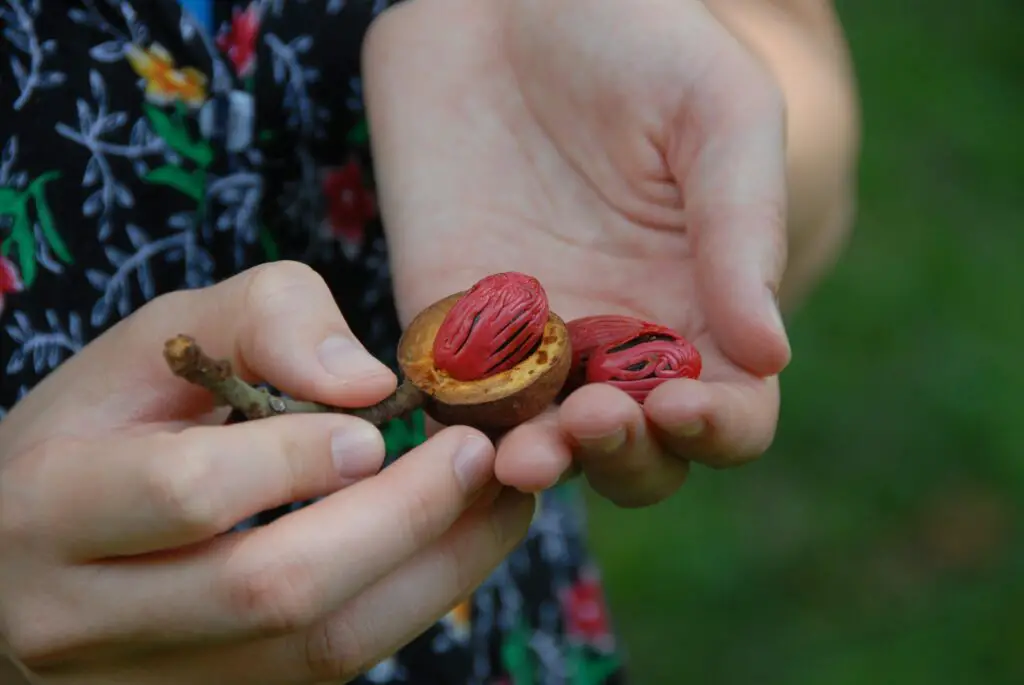
Mace, the lacy red covering around nutmeg seeds, was just as valuable as nutmeg itself. It was used in perfumes, medicines, and as a preservative, making it highly sought after. Since nutmeg trees only grow in specific conditions, traders fiercely guarded their locations. The Dutch controlled the nutmeg trade for centuries and went to extreme lengths to keep prices high, even committing massacres to maintain their monopoly.
Mace was also used in medieval cooking, adding a warm, slightly spicier flavor than nutmeg. It was a staple in royal kitchens, appearing in everything from meats to desserts. Like nutmeg, it was believed to have medicinal properties, including warding off the plague. Today, it’s far less costly, but its exotic past lingers in every pinch.
9. Ginger
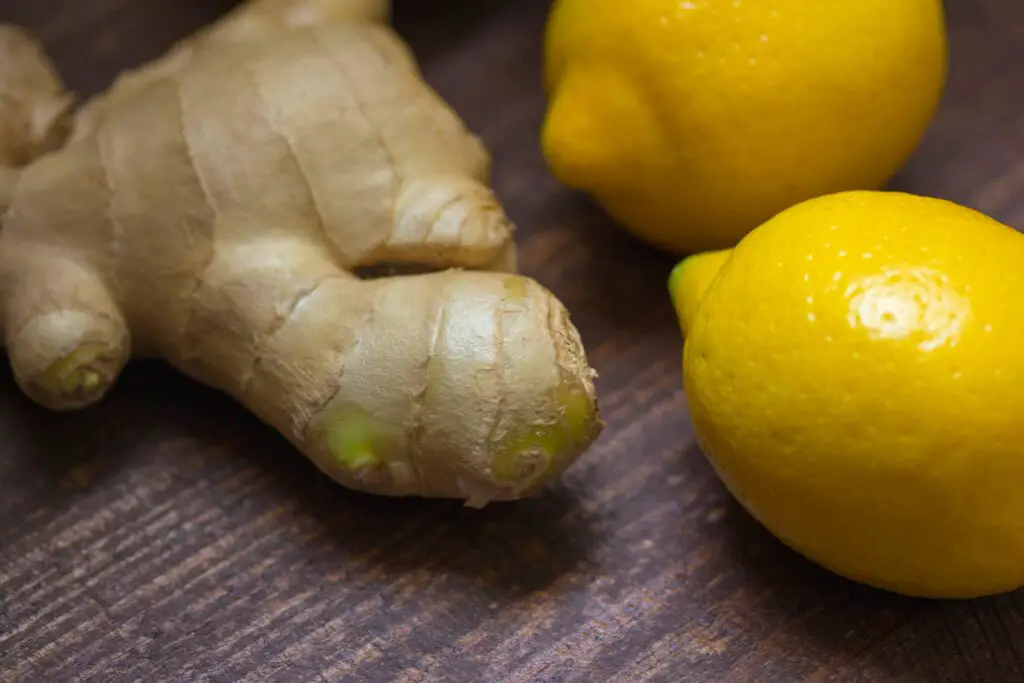
Ginger may be a staple in most kitchens today, but there was a time when it was seen as a luxury spice. In ancient Rome, ginger was considered a valuable commodity, used both as a seasoning and for medicinal purposes. Roman traders sourced it from India and Southeast Asia, where it was prized for its ability to treat digestive issues and even as an aphrodisiac. The spice became so popular that it was often used in lavish banquets, and its high demand made it a precious commodity.
Throughout the Middle Ages, ginger was used in everything from spiced wine to cakes, and it was even added to remedies for the common cold. It wasn’t until the spice trade flourished in the 15th century that ginger became more widely available. Even so, it remained expensive, reserved for the wealthy. Today, while it’s no longer a luxury, ginger’s exotic history is still evident in its distinct flavor and versatility.
10. Turmeric

Turmeric was once so rare and valuable that it was often reserved for religious ceremonies and special occasions. Known for its vibrant yellow color and earthy flavor, turmeric was a staple in Ayurvedic medicine for centuries. In ancient times, it was considered a sacred spice, often used to dye cloth and as an offering in temples. Because it was difficult to cultivate outside of Southeast Asia, it was considered an exotic luxury in Europe.
Turmeric’s value continued well into the colonial era, when European traders would pay top dollar to acquire it for their spice cabinets. It was also coveted for its ability to preserve food and add color to dishes in an era before refrigeration. While the global trade of turmeric has made it more affordable, its regal past reminds us of its once-rare status as a royal spice.
11. Cumin
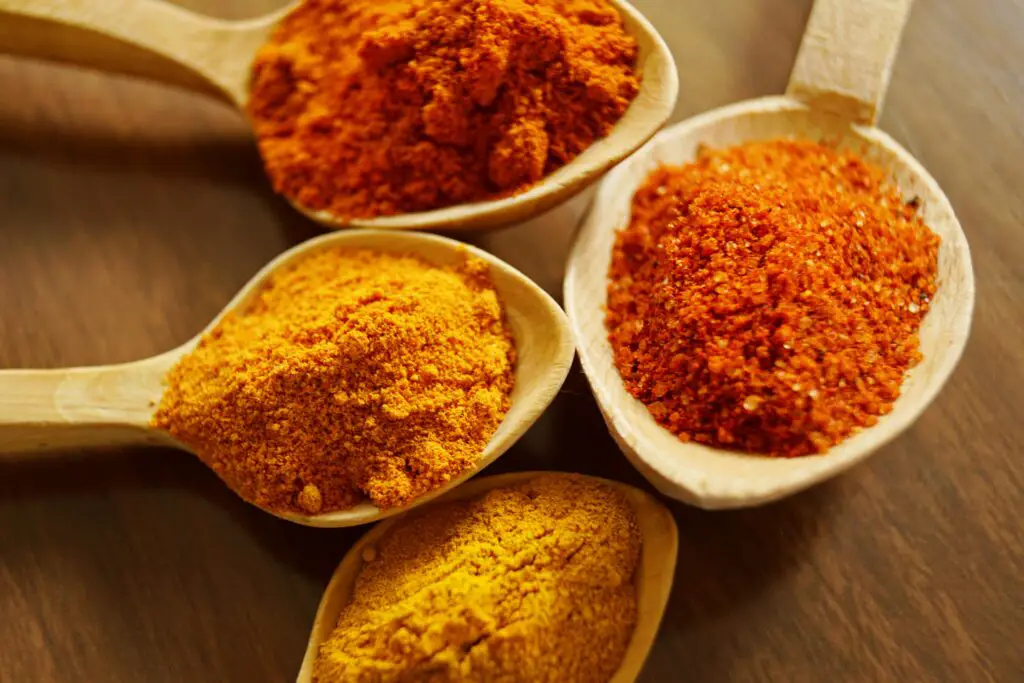
Cumin, with its warm, earthy flavor, was once worth its weight in gold in the ancient world. Used extensively in the Mediterranean and Middle Eastern cuisines, cumin was prized not just for its taste but also for its medicinal properties. The ancient Egyptians even placed cumin in the tombs of pharaohs, believing it would accompany them in the afterlife. Traders spread cumin across Europe, Africa, and Asia, cementing its reputation as a valuable spice.
In medieval times, cumin was believed to have magical properties, including the ability to ward off evil spirits. It was commonly used in wedding ceremonies, and the bride and groom would eat cumin as a symbol of fidelity. It was also a key ingredient in many European herbal remedies, used to treat ailments ranging from indigestion to depression. Today, cumin is a familiar flavor in kitchens worldwide, but its ancient significance still lingers.
12. Star Anise
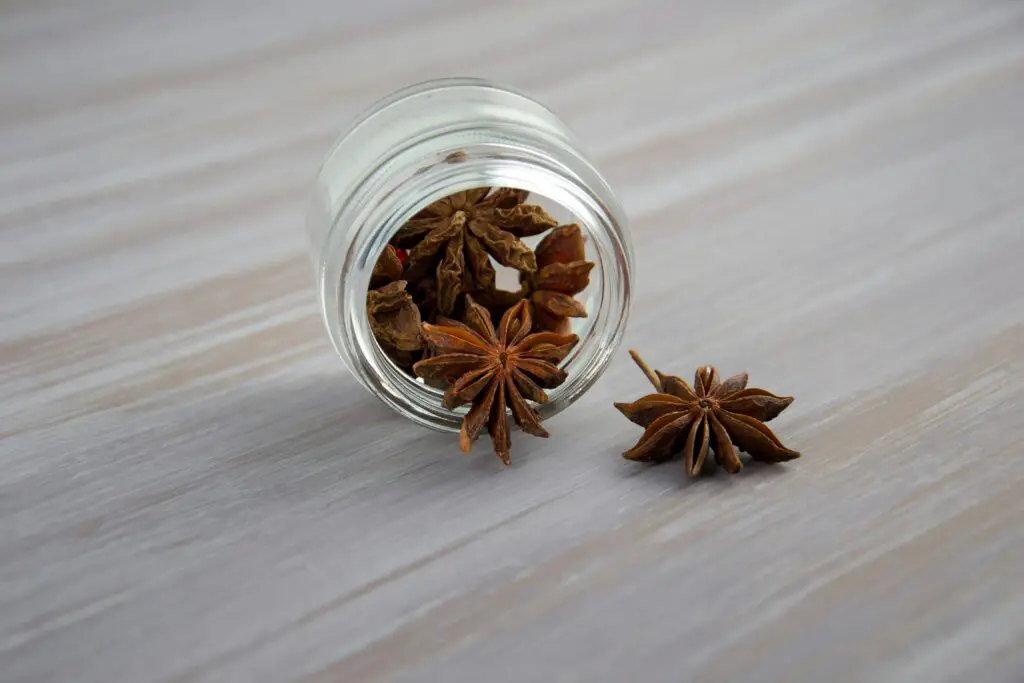
Star anise, with its star-shaped pods and distinctive flavor, was once highly coveted, particularly in ancient China. It was prized not only for its unique flavor but also for its medicinal uses, often employed in traditional remedies for everything from nausea to coughs. The spice’s scarcity and labor-intensive cultivation made it incredibly valuable, and for centuries, it was considered a luxury item in European kitchens.
In addition to its culinary uses, star anise was an essential ingredient in the production of Chinese five-spice powder, a blend used to season meat and savory dishes. During the spice trade, it was often exchanged at high prices, and European explorers were eager to get their hands on it. While star anise is more common today, its exotic past still makes it a fascinating addition to any spice collection.
13. Szechuan Pepper
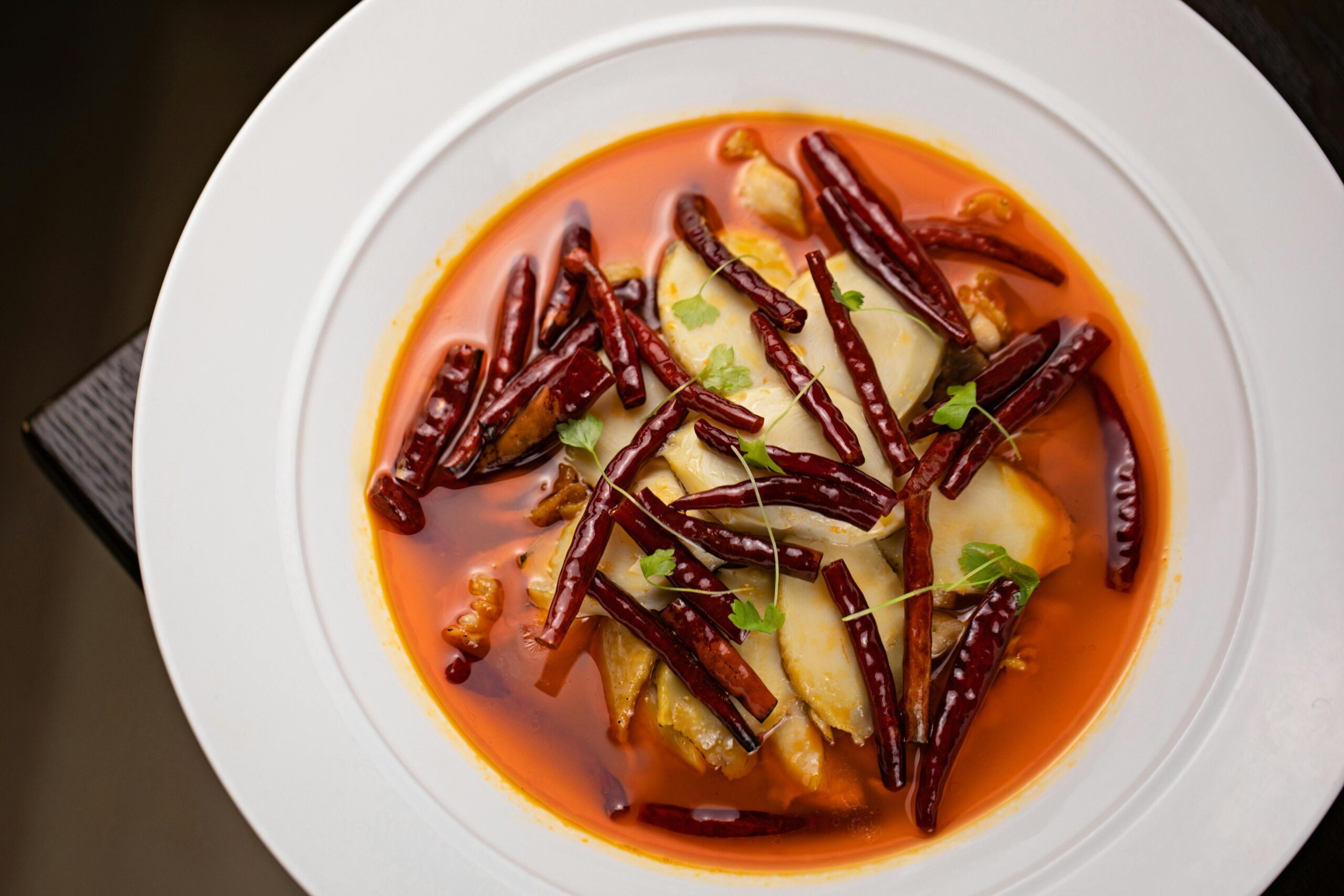
Szechuan pepper, often mistaken for black pepper, was once more valuable than gold, especially in ancient China. It was prized not only for its unique numbing, tingling sensation but also for its medicinal benefits, believed to help with circulation and pain relief. Szechuan peppercorns were so treasured that they were included in royal banquets and lavish feasts. They became a key ingredient in Chinese cuisine, adding depth and complexity to a variety of dishes.
During the spice trade, Szechuan pepper was closely guarded by the Chinese, and it was rare outside the region. The demand for it in Europe grew, as it added a bold, exotic flavor to otherwise simple meals. While Szechuan pepper is now available in many grocery stores, it wasn’t always so accessible. Its rich history continues to make it a spice that stands out in both flavor and legacy.
14. Long Pepper
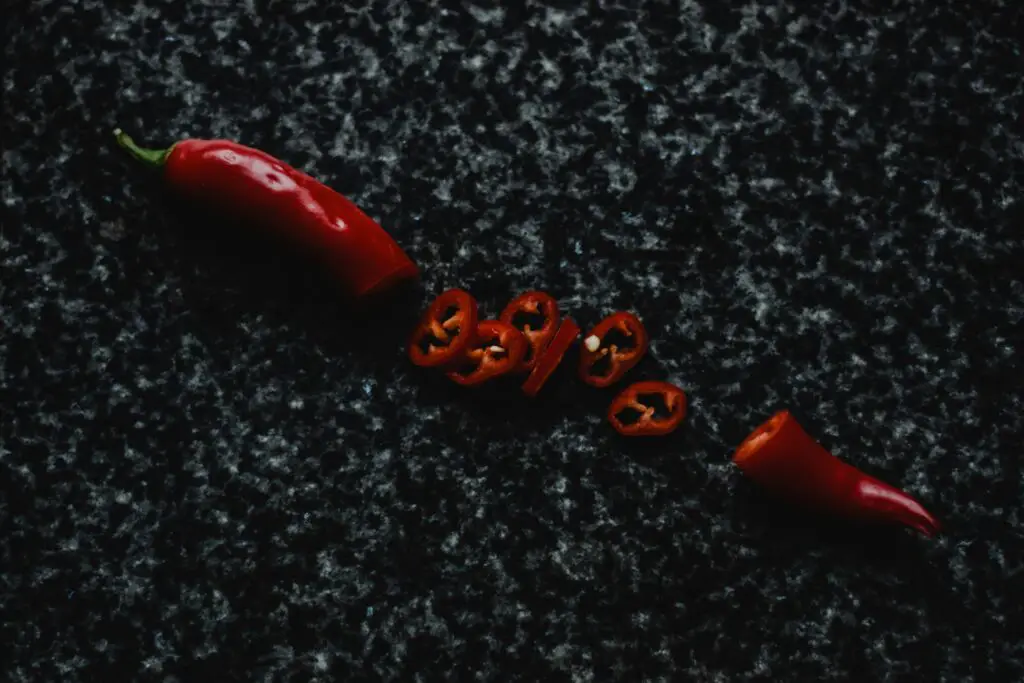
Long pepper, a close relative to black pepper, was once considered even more valuable. It was prized in ancient Greece and Rome for its sweet and spicy flavor, as well as for its supposed aphrodisiac qualities. Roman nobility often used long pepper to season their food, and it was highly sought after in trade. Its rarity and distinct taste made it more expensive than black pepper during certain periods.
Long pepper was used in a variety of dishes, especially in medieval Europe, where it was often included in spiced wines and sauces. However, as black pepper became more widely available, long pepper lost its place as a staple spice. While it is now less common, long pepper’s intriguing past as a luxury spice is a reminder of how once-rare ingredients can become commonplace over time.
